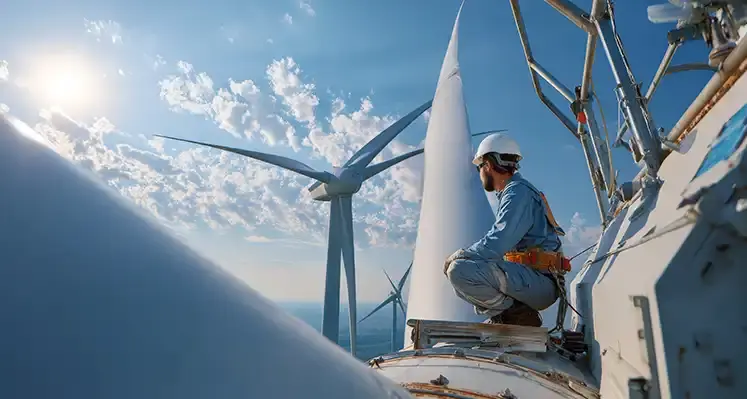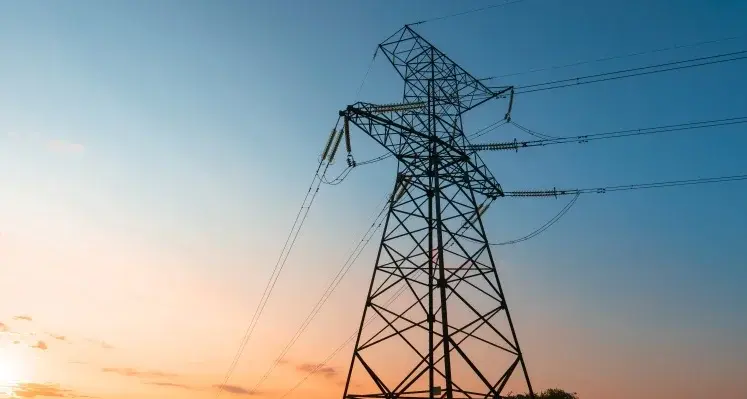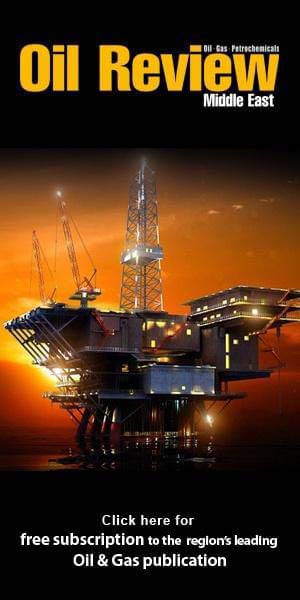Emirates Water and Electricity Company has announced the opening of registration for its Q1 2026 Clean Energy Certificates auction, which will close on 9 January 2026
EWEC plays a central role in coordinating the planning, procurement, supply and system dispatch of water and electricity across the UAE, and the auction forms part of its wider efforts to support verified clean energy use in Abu Dhabi.
The upcoming auction reflects continued growth in demand for Clean Energy Certificates across the emirate’s economy. Businesses, organisations and individuals are increasingly using CECs, issued by the Abu Dhabi Department of Energy, to confirm that their electricity consumption is sourced from renewable or clean energy. As Abu Dhabi’s only officially accredited mechanism for making renewable and clean energy claims, CECs allow participants to demonstrate measurable reductions in Scope 2 greenhouse gas emissions while aligning with national climate and sustainability objectives.
Interest in the scheme remained strong throughout 2025, with auctions attracting participants from sectors including healthcare, industry, retail, real estate, events and commercial services. Sales volumes reached some of the highest levels recorded since the programme was introduced, highlighting a growing commitment to verified clean energy consumption at scale.
Mohamed Almarzooqi, chief asset development & management officer of EWEC, said, “The continued growth in Clean Energy Certificates usage reflects how organisations across Abu Dhabi are turning decarbonisation plans into verified outcomes. CECs provide a transparent, internationally recognised pathway to renewable and clean energy adoption, enabling companies and institutions to credibly track progress against sustainability goals, reduce Scope 2 emissions, and align with the UAE Net Zero By 2050 Strategic Initiative. As we open registration for the first auction of 2026, we invite all entities, including individuals, to participate and help consolidate the momentum we have collectively built.”
Clean Energy Certificates are the sole accredited instrument in Abu Dhabi for verifying both the environmental and economic value of clean energy consumption. Issued in units of one megawatt hour, the certificates comply with the International Renewable Energy Certificate Standard. EWEC serves as the scheme’s Single Registrant and Auction Operator, overseeing both registration and the auction process.









